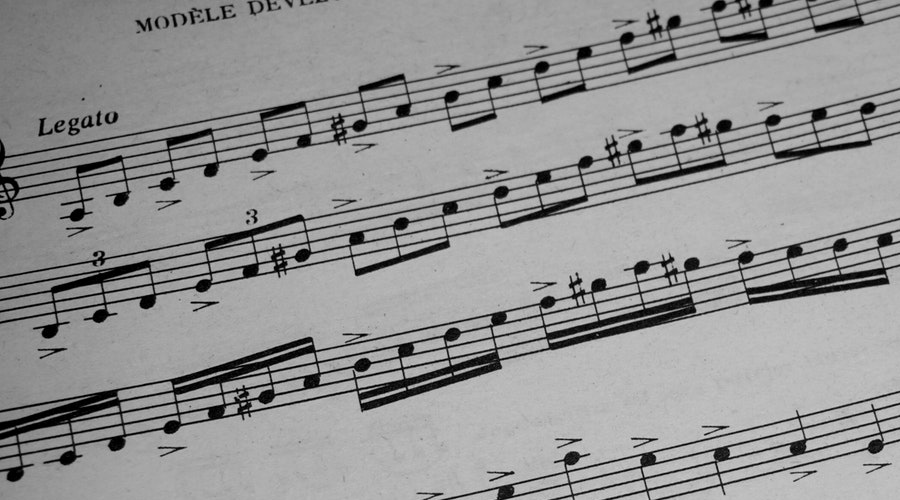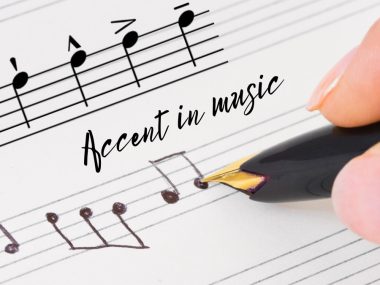Sometimes, when writing or playing music, using steady and simple head-on notes like quarter-notes or eighth-notes doesn’t quite cut it.
While these notes give a smooth and constant sound to any music creation, there are times when musicians and composers feel like they want to add a more rhythmic and different sound to their piece. That’s where tuplets in their various forms come in.
One of the most common forms of tuplets is triplets. So, what is a triplet in music?
What Is a Triplet in Music?
All kinds of music notes can be divided into two equal sections. An example is when you split a semibreve, which consists of four beats, into two minims. Or, when you divide a minim that contains two beats.
Before getting into triplets, let’s take a quick look at tuplets and understand them. Triplets are part of them, after all.
Tuplets
In music, a tuplet is basically any activity that involves dividing your notes into several equal subdivisions from your actual permitted time.
It means that it’s a series of notes with the exact timing and are played over a set duration. In sheet music, the timing is indicated by a number or two in some cases. The notes are also grouped in brackets sometimes.
Tuplets include forms other than triplets, like duplets (two-note groupings), quintuplets (five-note groupings), and sextuplets (six-note groupings).
These forms were widespread in classical music in the twentieth century. However, nowadays, if you want to throw in a different, irregular sound into your music piece, triplets are the way to go.
Tuplet Notation
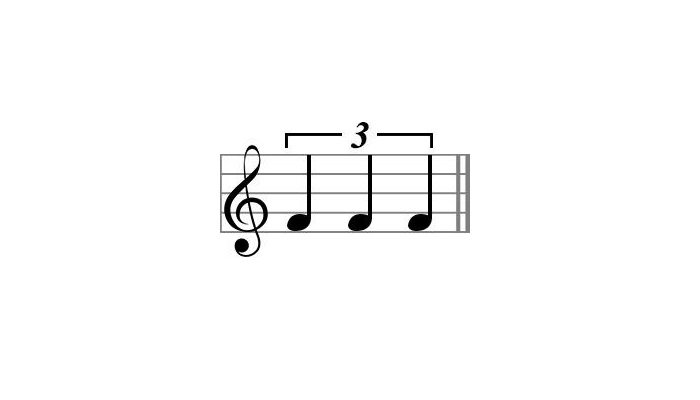
You may notate tuplets in two different ways. For one, you can do it with ratios, but that’s not the common practice. Alternatively, you can go the common way, which is using a number above or underneath the notes.
The two numbers in the ratio point out two things. The first refers to the tuplet’s note count. Meanwhile, the second refers to the notes that share the same duration.
Triplets
In music theory, a triplet is defined as a three-note group that can be played in the same time duration as a two-note group.
That’s why it adds a unique rhythm and sound to your music piece. It allows you to play three notes in the time of two notes. Each note in a triplet has equal value in terms of rhythm.
Common Forms of Triplets
As we said, triplets are a group of notes that are played in the duration of a larger group of notes. Let’s take a look at a few examples.
- Quarter note triplets include three-quarter notes that are played over the same time as two-quarter notes. Quarter note triplets are also known as crotchet triplets.
- Eighth note triplets, also known as quaver triplets, contain three eighth notes played in the same duration as two eighth notes.
- Sixteenth note triplet: One sixteenth note triplet includes three sixteenth notes in the space that two sixteenth notes occupy. They’re also known as semiquaver triplets.
How Far Back Do Triplets Go?
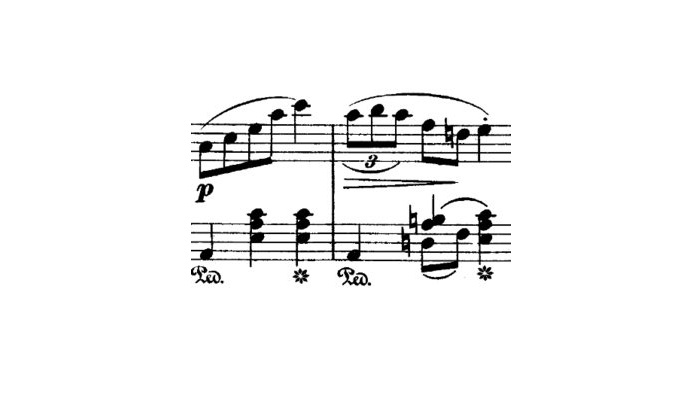
According to Oxford University, the brackets and slurs that indicate Triplets existed as far back as the 16th century. However, it wasn’t common in sheet music until the 19th century. It’s also known that tuplets, in general, are very frequent in Frédéric Chopin’s work.
How to Play Triplets
To play a triplet properly, avoid emphasizing the first note too much. Since the whole concept of a triplet lies in adding an irregular rhythm in your piece, it only makes sense not to emphasize too much on the first note.
For example, if a set of half triplet notes lingers too long, it’ll oppose the concept of triplets, and the notes will sound wrong.
You may even end up with different note sounds in the process. The sound won’t necessarily be unpleasant; it just won’t be considered a triplet. Using a metronome can be an excellent method to play all three notes equally accurately.
There’s also a way to play even more complex Triplets. Triplets divide a time duration into three equal parts.
Said parts can be modified and enhanced using different music rests, note-lengths, or rhythmic dots. But of course, the rule is that the total length of the note-grouping doesn’t change.
Some examples include:
- The Blues Shuffle, where you can hear two notes of the triplet. The first note is usually double the length of the second. This shuffle can be notated using two notes with different lengths. However, some people prefer a different approach, so they tie the first two notes.
- The Swing Triplets, where a rest takes place instead of the middle eighth-note. This rhythm has many variations, but this is the most common.
How to Count Triplets
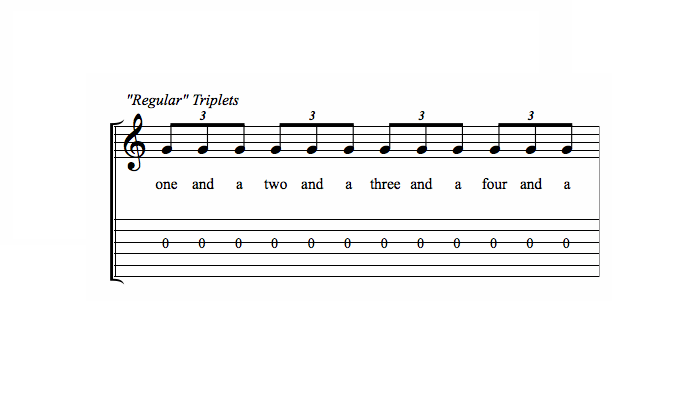
You can begin by counting an ordinary note and then using the same concept with triplets. For example, if you count the duration of notes to memorize their sounds, you can apply the same idea with triplets and count aloud for the time of the triplet notes.
With time and practice, you should be able to hear and recognize them without feeling weirded out, and you’ll be able to play them smoothly.
Counting Crotchet (Quarter Note) Triplets
When you want to determine the beats count in a Crotchet triplet, all you have to do is sum two of the notes.
A single crotchet beat added to another crotchet beat is equal to a minim beat, which means that one crotchet beat or quarter note triplet is equivalent to two crotchet beats.
Counting Minim (Half Note) Triplets
To count minim triplets, we’ll apply the same previous method. For example, let’s take two notes from the minim Triplet and add them together.
A minim Triplet plus another minim Triplet will equal two minim beats, also known as a semibreve beat.
Counting Quaver (Eighth Note) Triplets
The same thing applies to quaver triplets. We add two notes; when you add a quaver triplet to another quaver triplet, you’ll end up with two quavers. That’s commonly referred to as a crotchet beat.
Counting Semiquaver (Sixteenth Note) Triplets

Lastly, let’s implement the same method to Semiquaver triplets, which means that a semiquaver plus another semiquaver equals two semiquavers. Also known as a quaver beat.
How to Write Triplets
Composers indicate triplets in music by adding the number three above or underneath the notes that are applied as triplets. You’ll find added brackets over the notes in some cases, but it’s the same and doesn’t change anything, playing-wise.
They’re just used to point out that these notes are triplets. The brackets can also be curved lines that resemble slurs, but again, it’s the same thing—just two different ways of writing.
The numbering on top of or below the notes is essential to mark them as triplets. Some sheets can contain three quavers, but they don’t necessarily have to be triplets. This is why numbering is crucial to differentiate them.
How to Practice Triplets
To master any music technique, practice is key. However, you have to be smart about it. Rather than just practicing playing triplets by themselves, get yourself accustomed to transitioning between triplets and other notes back and forth.
That way, you’ll be able to play a piece, whether it consists of triplets only or triplets and other notes, like half notes, quarter notes, eighth notes, and sixteenth notes.
Transitioning between quarter notes to triplets is a great practice that will lead to mastering playing triplets smoothly.
You can practice this by counting the triplets while playing the quarter notes. This exercise will help you place the triplets in their proper position.
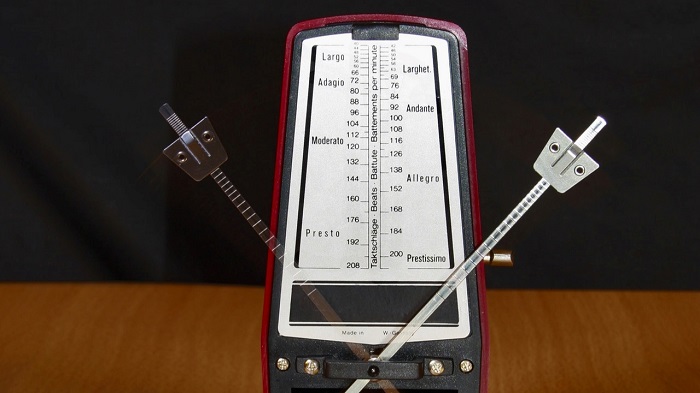
Another thing that can help with this exercise is metronomes. Some of them have a feature that clicks when it’s time for triplets. This feature can be beneficial to novice musicians.
After you master playing triplets with quarter notes, you’ll be ready to move forward and practice triplets with eighth notes. A metronome is also recommended in this step so you can track your progress and see where you need to make corrections.
After mastering playing triplets with quarter notes and eighth notes, you’ll be able to move to a harder challenge and build up with eighth notes and triplets to add the sixteenth note.
Triplets and Drumming
Triplets are gaining familiarity among drummers for their unique sound, and drummers practice them with their usual rudiments. However, triplets are not really considered rudiments; they’re instead considered subdivisions or rates.
Rudiments are exercises that drummers practice, and can consist of various combinations of right and left hands at different speeds and rates.
It’s common in drumming to divide a beat into two or four parts. But with triplets, we divide them into three.
Snare drums are a good starting point if you want to start playing the primary forms of triplets. A metronome is also recommended if you’re a novice musician. However, if you don’t have one available, you can use your foot to create the metronome beat and time your notes.
Practicing Triplets on the Drums

The key to practicing triplets without accents is controlling your stick and building up your speed. Start with a prolonged speed—so slow it’s almost dull so that you can guarantee to make no mistake. After that, slowly build up your speed to around 100-120 bpm.
Speed and Stick Control
When you feel like it’s going too fast and you can’t make out the notes you’re playing, take a break and practice triplets alone for a bit, then continue with your exercise.
Try as much as you can to control your sticks and make each hit on the drum sound even in terms of timing and volume.
After you’ve studied and practiced the basic concept of a triplet on the snare drum, it’s time to start branching out to the rest of your kit.
Standard drum sets almost always have a rack tom and a floor tom. The one on your right is a floor tom, and rack toms will be hanging.
Use the one that’s nearest to the snare to start your practice by applying the same previous concept. Start very slowly, build your speed, and work on your stick control.
Varying Your Notes
Up to this point, your practice is based on varying the first note of the triplet. The following advanced move would be changing other notes.
For example, try varying the first note and the last note of the triplet. These are the most common notes to hit, so it should be a good start.
Place the toms on the first and last note of the first triplet, and leave the others on the snare drum.
This will feel a bit tricky at first because your ears and mind are used to listening to notes being grouped in groups of 3 or 2 or 4. This practice sort of blurs things a bit; however, it’s why we always stress on starting very slow in the beginning.
So you can train your ears and mind to memorize the right sounds and eventually be able to distinguish them at faster playing speeds.
Triplets and Guitar

Adding triplets to your guitar piece will add variety and uniqueness to your sound, but it’ll feel a bit strange at first.
Commonly, when you divide quarter notes into two equal parts, you get an eighth note.
And when you divide a beat into three equal parts, you get an eighth-note triplet. Triplets are considered irregular rhythm-wise because of their metric value. Unlike regular rhythms like eighth notes and sixteenth notes, triplet metric values are odd numbers.
Playing triplets on the guitar can be tricky at first because you’ll feel as if the tempo has changed or you messed up your strumming somehow. However, once you get used to it with practice, the sound will make sense.
To start practicing triplets on your guitar, you can use the letters in the word triplet with the beat number. For example “1 trip-let, 2 trip-let 1, 2, 3, 4, trip-let”
That way, you can time your notes correctly and get your ears and mind accustomed to the distinctive sound of triplets.
